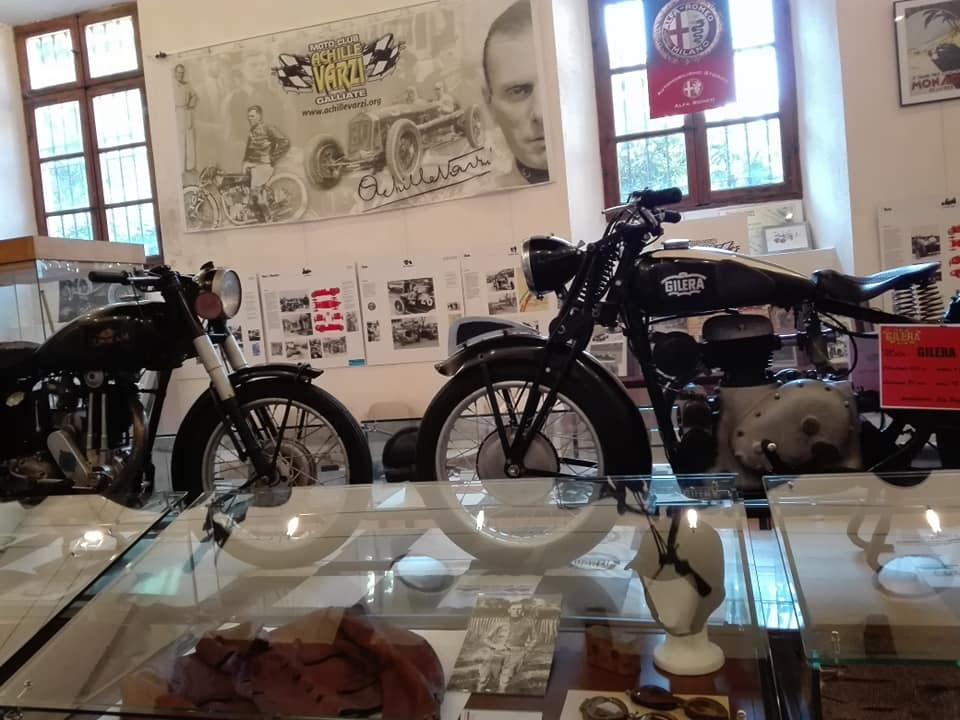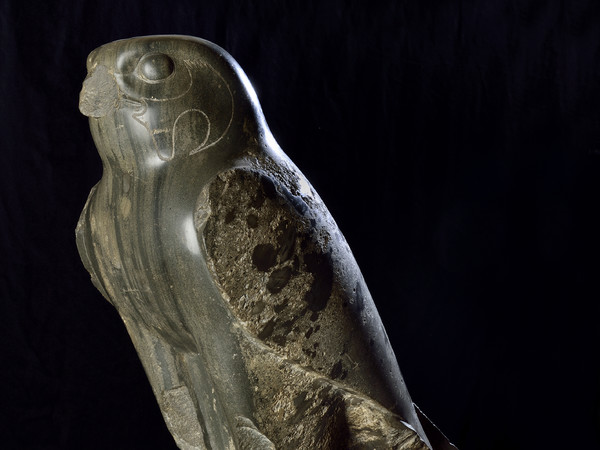Percy Bysshe Shelley came up to Univ in 1810, and was expelled the following year for, as the College Register of the time put it, “contumaciously refusing to answer questions proposed to [him], and for also repeatedly declining to disavow a publication entituled The Necessity of Atheism”. At the time, the College thought it had washed its hands of a troublesome student; it only realised later that it had expelled one of England’s greatest romantic poets.
In the later 19th century, Shelley’s daughter-in-law Jane devoted herself to nurturing the poet’s memory, even to the point of downplaying difficult aspects of his character, such as his atheism. As part of this project, she commissioned a grand memorial of her father-in-law to be placed in the Protestant cemetery in Rome where he was buried.
Unfortunately the memorial was too large for the plot, and Lady Shelley had to look elsewhere. Eventually, she offered the sculpture to Univ, with an offer to pay towards an enclosure to house it. The College eventually agreed, and in 1893 the Shelley Memorial was formally inaugurated.
The monument is the work of Edward Onslow Ford, a prominent member of the “New Sculpture Movement”, and the enclosure was designed by Basil Champneys.













